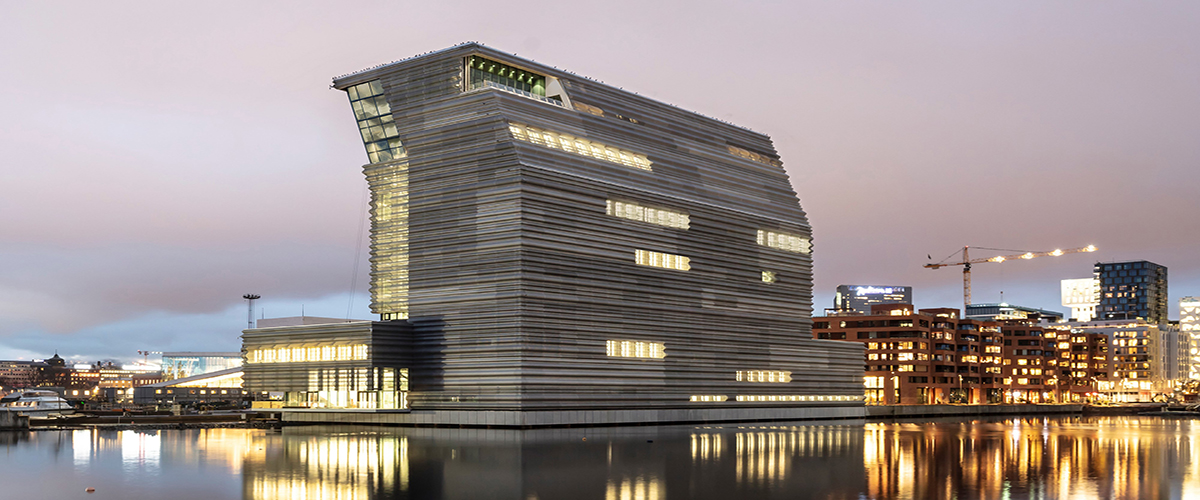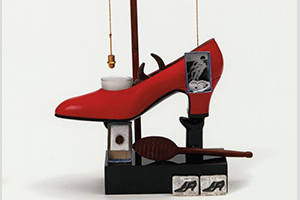The Savage Eye: Edvard Munch and the Nexus of Surrealism and Symbolism
In 1930, Edvard Munch was affected by an eye problem that temporarily blinded him in one eye. During this period, he made a series of abstract and symbolic works inspired by the images the disease produced on his retina. In the exhibition The Savage Eye, these works form a bridge between two radical art movements, Symbolism and Surrealism, both of which explored the idea of the unconscious.
Munch is often associated with Symbolism, a movement in literature and the visual arts that emerged in the 1880s. Influenced by the contemporary interest in spirituality and psychology, and in protest against naturalistic depictions of the real world, Symbolist artists turned their attention towards spirituality and the unconscious.
The Savage Eye focuses on the relationship between Surrealism and some of the most important Symbolist artists, including Paul Gauguin, Odilon Redon, August Strindberg, Edvard Munch and Auguste Rodin. Honing in on the idea of the unconscious, we take visitors with us on a journey into the deeper levels of the human mind.
Using various thematic perspectives and a range of media, the exhibition will cast new light on the immediate precursors to Surrealism. It will also show how Symbolist ideas and artistic modes of expression informed the work of some of the 20th century’s most important artists, including Salvador Dalí, Pablo Picasso and Louise Bourgeois.
Works on loan:


![Beigneuse [sic] (Female Nude)](https://thedali.org/wp-content/uploads/2022/01/Artwork-thumbnail-Beigneuse.jpg)